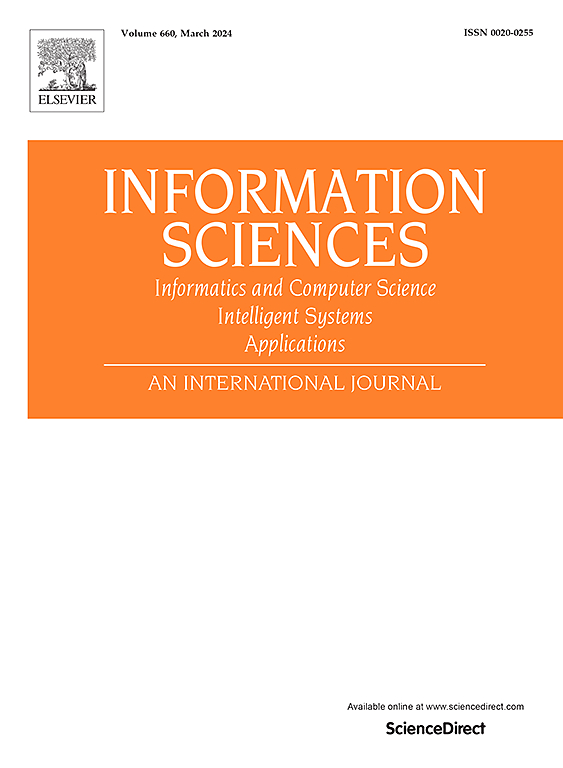Optimizing time-dependent multi-agile Earth observation satellite scheduling problem using deep Q-learning and ensemble heuristics
IF 8.1
1区 计算机科学
0 COMPUTER SCIENCE, INFORMATION SYSTEMS
引用次数: 0
Abstract
The Multi-Agile Earth Observation Satellite Scheduling Problem (MAEOSSP) aims to maximize the total observation profits of a multi-satellite system while satisfying temporal and resource constraints. This problem has gained prominence owing to the increasing complexity of task scheduling scenarios and challenges in satellite management and control. MAEOSSP typically consists of two decision-making stages: task allocation and single-satellite scheduling. However, its NP-hard characteristic renders traditional methods susceptible to problem instance variations and computationally intensive. To address these issues, we propose the TAM-ECH, which integrates a Task Allocation Model (TAM) and an Ensemble Construction Heuristic (ECH) to solve MAEOSSP. TAM utilizes a Deep Q-learning Network (DQN) to efficiently allocate tasks to each satellite, while ECH employs ensemble heuristics for fast and stable single-satellite scheduling. Experimental results demonstrate that TAM-ECH outperforms state-of-the-art algorithms in both optimization speed and quality. On average, it achieves a profit rate 6% higher than GRILS and 30% higher than A-ALNS, with reduced solving time. Further experiments validate TAM's efficiency in task allocation and ECH's ability to provide stable, high-quality foundational assistance. Therefore, TAM-ECH provides an efficient solution to MAEOSSP, demonstrating its potential for application in upcoming large constellations and new management modes.
求助全文
约1分钟内获得全文
求助全文
来源期刊

Information Sciences
工程技术-计算机:信息系统
CiteScore
14.00
自引率
17.30%
发文量
1322
审稿时长
10.4 months
期刊介绍:
Informatics and Computer Science Intelligent Systems Applications is an esteemed international journal that focuses on publishing original and creative research findings in the field of information sciences. We also feature a limited number of timely tutorial and surveying contributions.
Our journal aims to cater to a diverse audience, including researchers, developers, managers, strategic planners, graduate students, and anyone interested in staying up-to-date with cutting-edge research in information science, knowledge engineering, and intelligent systems. While readers are expected to share a common interest in information science, they come from varying backgrounds such as engineering, mathematics, statistics, physics, computer science, cell biology, molecular biology, management science, cognitive science, neurobiology, behavioral sciences, and biochemistry.
 求助内容:
求助内容: 应助结果提醒方式:
应助结果提醒方式:


